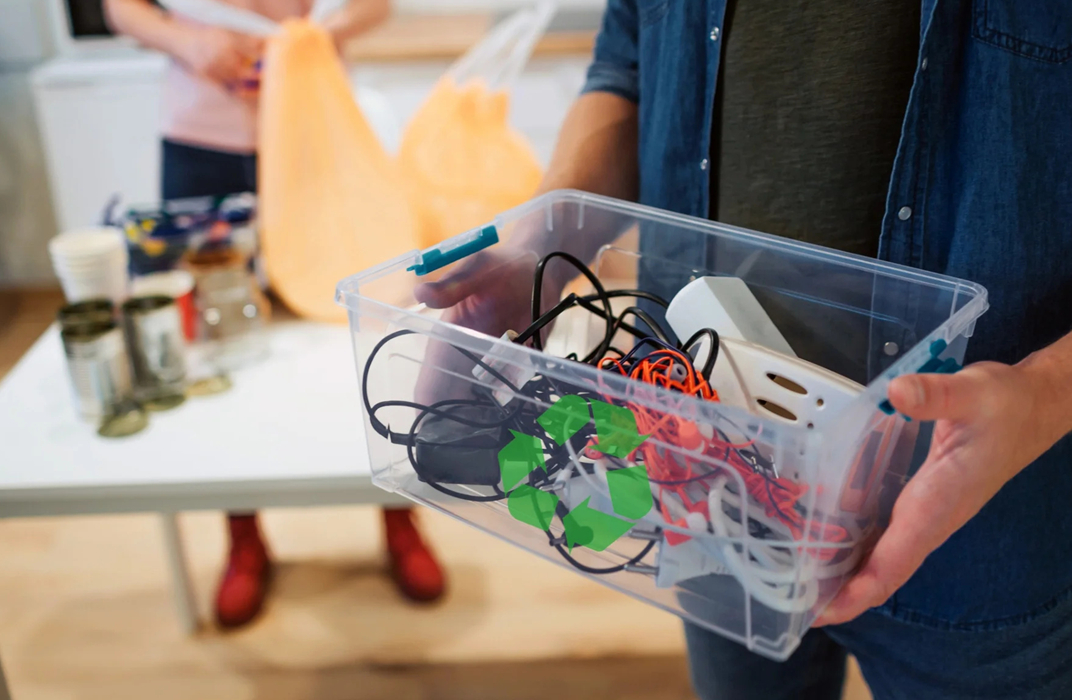What Is Circular Economy In The Home
Opting for products designed for longevity and repairability reduces the frequency of replacements. Choosing high-quality items, such as durable furniture or appliances, can decrease waste and save money in the long run. Additionally, selecting products made from recycled materials supports the circular economy by encouraging manufacturers to utilize existing resources rather than extracting new ones.
Repurposing is another essential aspect of circular economy practices. Many household items can be creatively transformed into new uses instead of being discarded. For example, glass jars can serve as storage containers or decorative vases, while old furniture can be refurbished or upcycled into new pieces. This approach not only extends the life of materials but also fosters creativity and resourcefulness within the home.

Composting organic waste is a practical application of circular economy principles. By recycling kitchen scraps and yard waste, homeowners can create nutrient-rich compost that enriches garden soil. This practice reduces the volume of waste sent to landfills while providing a sustainable source of fertilizer for plants. Composting contributes to a healthier ecosystem and supports local biodiversity by returning valuable nutrients to the soil.
Participating in local sharing initiatives can enhance the circular economy at home. Programs such as tool libraries or community swap events encourage neighbors to share resources rather than purchasing new items. This collaborative approach reduces overall consumption and fosters a sense of community. By sharing tools, appliances, and even clothing, households can minimize waste and extend the life cycle of various products.
Repairing broken items instead of discarding them is a fundamental principle of the circular economy. Many household items can be fixed with minimal effort, whether it is sewing a torn piece of clothing or replacing a broken appliance part. Learning basic repair skills can save money and reduce waste, while also promoting a culture of sustainability. Resources such as online tutorials or local repair workshops can provide valuable guidance for those looking to enhance their repair skills.
Educating family members about circular economy principles can foster a culture of sustainability within the home. Encouraging discussions about waste reduction, recycling, and responsible consumption helps instill a sense of responsibility toward the environment. Involving children in activities like composting or repurposing projects can create lasting habits that contribute to a more sustainable future.

Creating a home inventory can also support circular economy efforts. By keeping track of household items, families can identify what they have and avoid unnecessary purchases. This practice encourages mindful consumption and helps prioritize the use of existing resources. Regularly assessing the inventory can also reveal items that can be donated or shared with others, further promoting a circular approach.
Incorporating circular economy principles into daily life not only benefits the environment but also cultivates a more sustainable and resource-efficient home. By focusing on mindful purchasing, repurposing, composting, sharing, repairing, and educating, households can contribute to a more sustainable future while enjoying the numerous benefits of a circular economy lifestyle. Embracing these practices leads to a more resilient home and a positive impact on the broader community.




